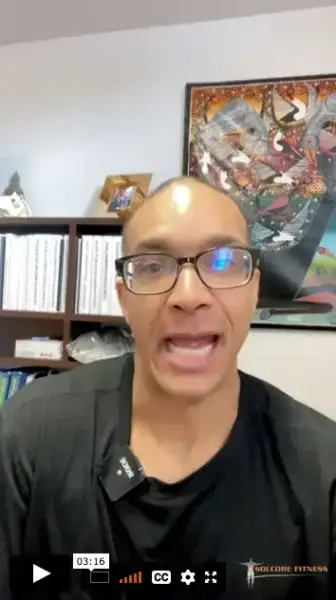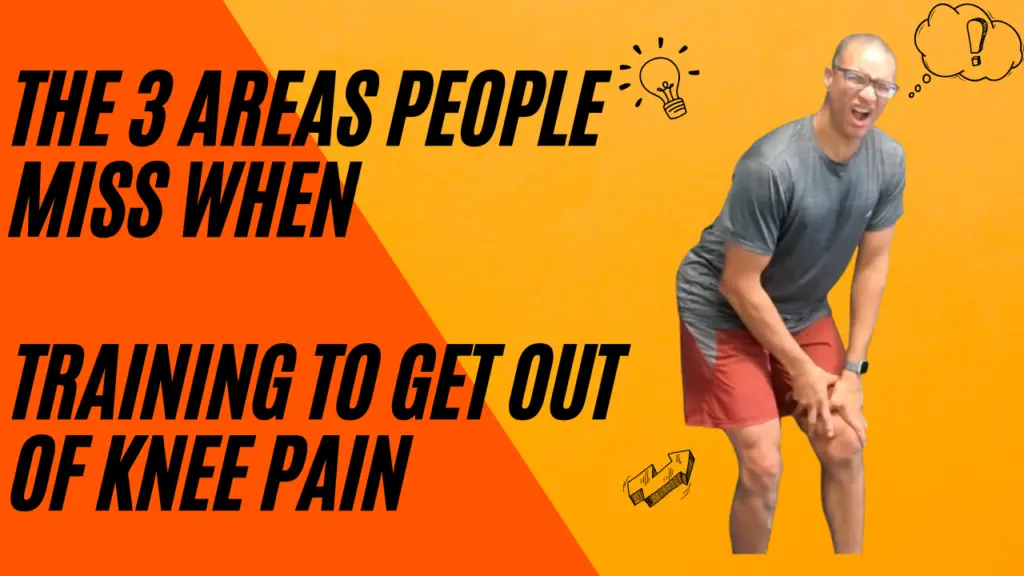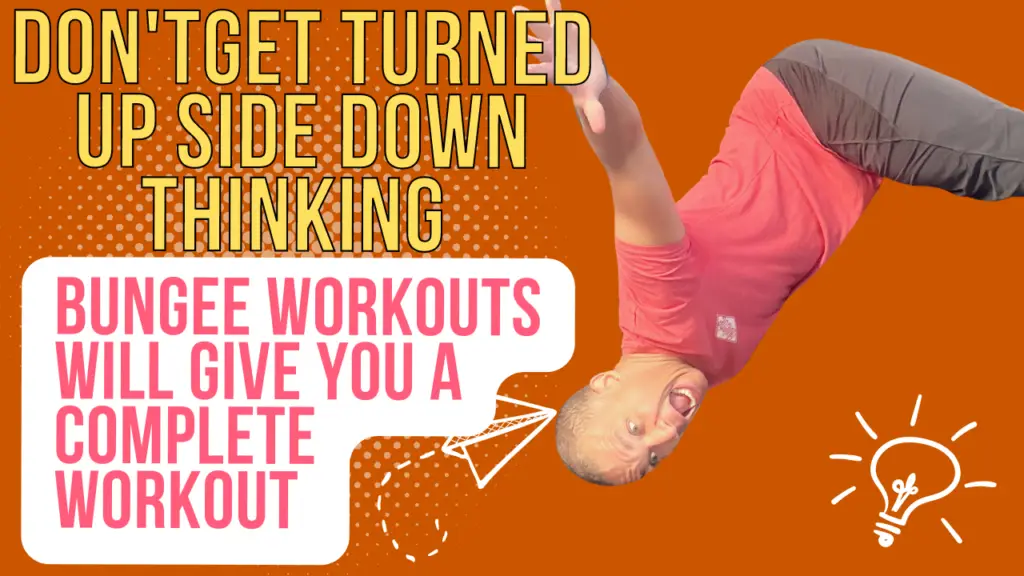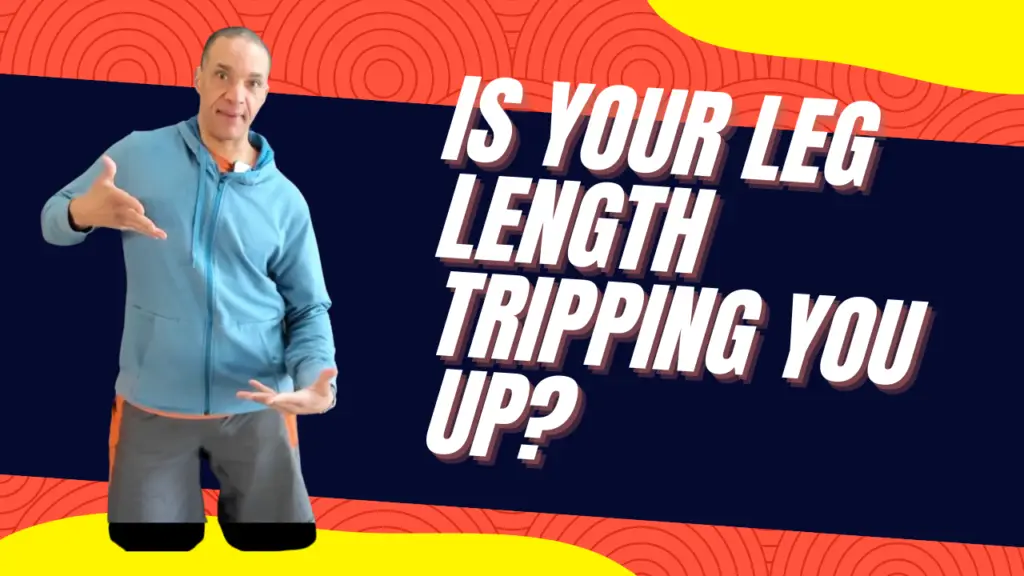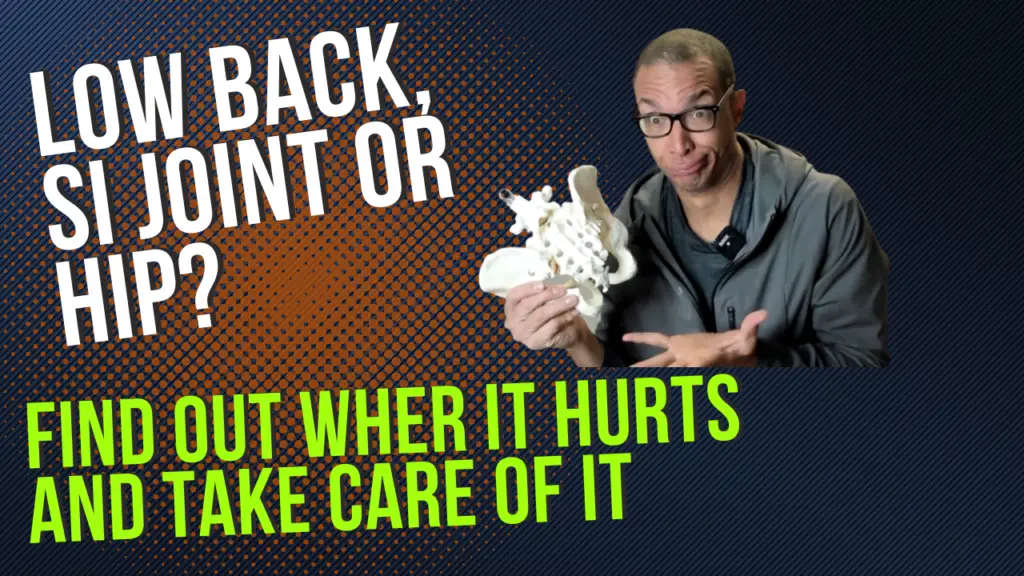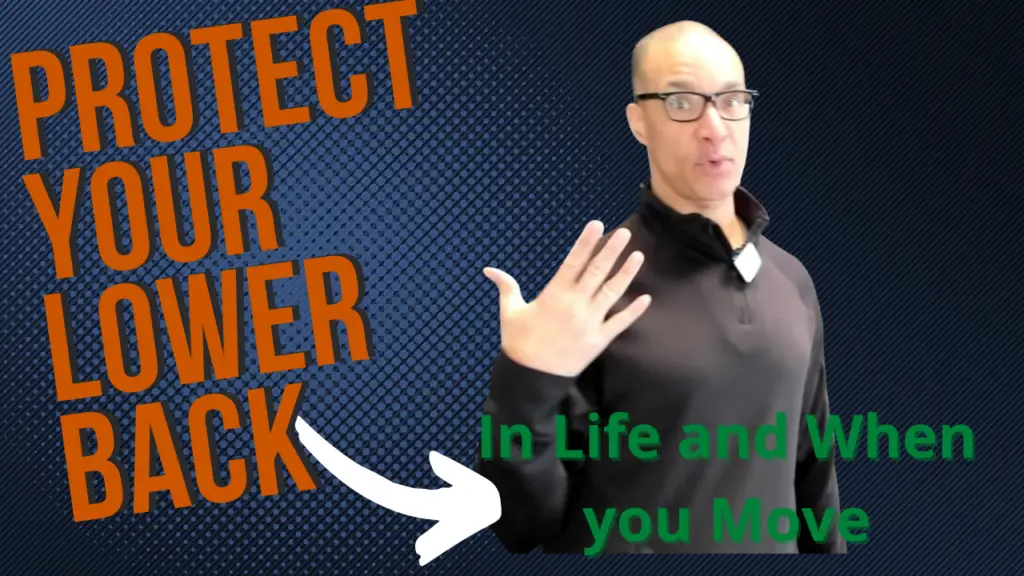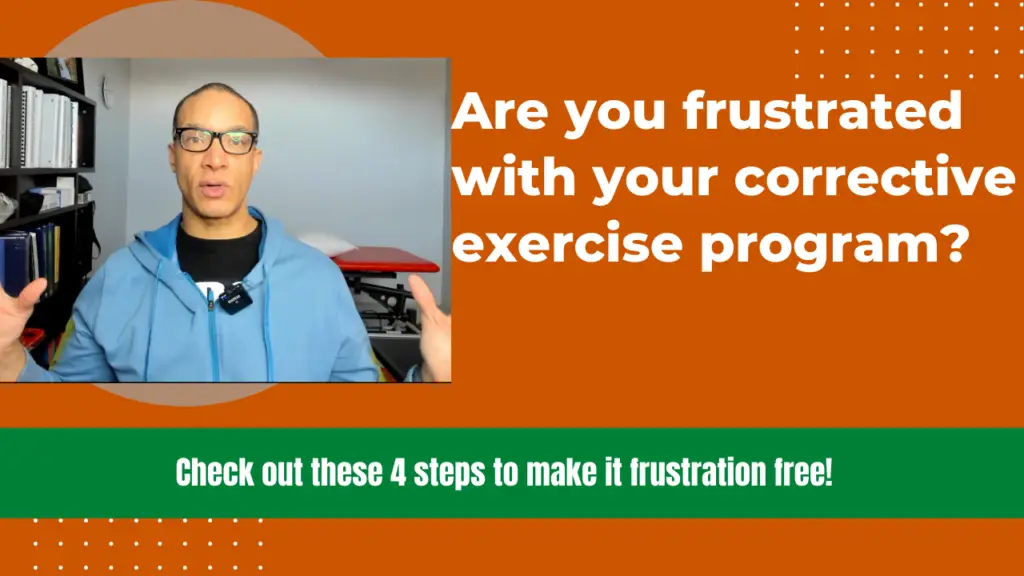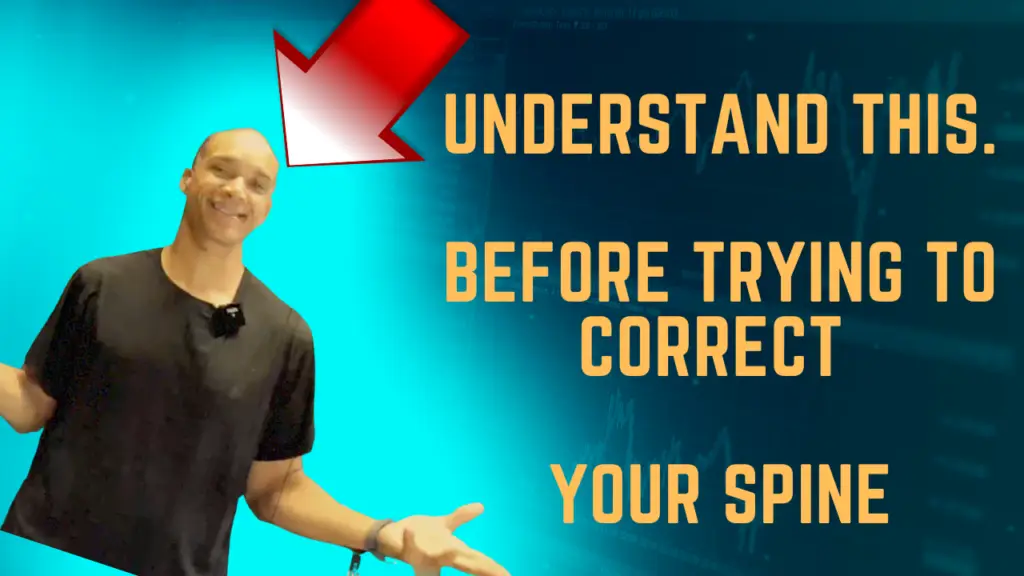
Click on the image to watch the full video
Why Spinal Health Matters
Do you know that spinal health is crucial but do you know how to keep your spine truly healthy? There are well-documented foundational rules for optimal spine wellbeing, and understanding these is vital for anyone doing corrective or preventive exercise. Getting spinal health right can mean the difference between simply “pushing through” pain and truly living your best life.
More Than Just Movement
Your spine communicates with the brain alongside your feet, TMJ, eyes, and ears to maintain your “gravity line” helping your body balance in space. When the spine is even slightly off, that information flows incorrectly to the brain, causing compensations, misaligned movement, and even chronic pain.
Proper spinal health is also necessary for efficient movement. The “PIT and DAM” model explains how the transversospinal muscles set the stage for every action before your body moves. If you don’t keep these key muscles strong and healthy, your entire exercise and movement routine suffers.
The Structure and Alignment of Your Spine
Your spine needs correct alignment and enough space between vertebral joints. When the vertebrae are properly spaced, nerve roots communicate effectively and you’re able to move and recover safely. Loss of space or poor alignment leads to common problems: osteoarthritis, herniations, stenosis, and more.
Euler’s Law and the Delmas Index further dictate spinal strength and shape. You need four healthy curves for ideal resistance and mobility—lose one, and you lose about 50% spine strength. Likewise, curves that are too big or small lead to poor movement and increased risk of injury.
It’s Not Just a Column It’s a Balanced Structure
Your spine is more than a column. It’s held together by “stays”—your abdominal muscles, including TVA, obliques, rectus abdominis, and the thoracic diaphragm. These stays, alongside strong back muscles, distribute pressure and keep your spine safe from the inside out.
If your abs and diaphragm aren’t trained properly, or if your torso moves poorly, all that pressure sits in your back, leading to pain and dysfunction. That’s why true spinal health always means building both strength and mobility in the structure around your spine—not just the spine itself.
Starting Your Exercise Program for Spinal Health
To improve spinal health, don’t attack just the spine—look holistically. Focus on correcting muscle imbalances, training abs and back, and balancing your girdles (shoulder and pelvic). Assess what areas of your spine and torso need attention, and train the muscles that control flexibility, stability, and pressure.
ELDOA: The Best Practice for Spine Health
The most effective technique for normalizing the spine is ELDOA. ELDOA is not just a stretch; it’s an exercise that decompresses the spine, rehydrates discs, and realigns vertebral joints at a highly targeted level. Unlike passive approaches (press-ups, inversion, or hanging), ELDOA educates your body for lasting change because you actively create and reinforce the correct position.
You can refine ELDOA for precise segments, so you build resilience and strength without risking further injury. It is the gold standard for restoring pain-free movement and correcting misalignments.
Your Personalized Approach to Spinal Health
No “one-size-fits-all” program will bring your spine to true health. You need a method that considers your unique body, movement patterns, and specific needs. When you apply the science, understand the rules, and train holistically, real improvements happen.
If you want to learn more and see how these methods can work for you, use the offer below:
[Free Consultation] to book a diagnostic session. We’ll talk about your needs, goals, and the best steps forward for you.
You can also grab my free report for strategies on pain relief and mobility just check the description below.
it’s not just working out, it’s building a foundation for a better life.
Find out more @

